Wide-angle optical lens design involves many complex optical principles and engineering techniques to ensure clear, high-quality images over a broad field of view. CAXCAD offers rapid wide-angle ray targeting technology, enabling fast design of wide-angle lenses.
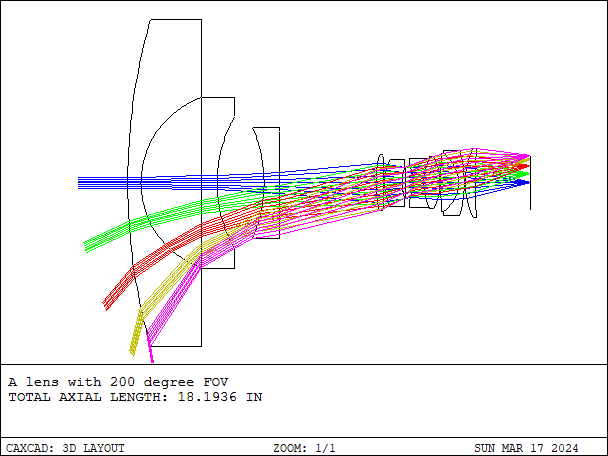
1. Optical component selection: Choose optical components suitable for wide-angle lens design, such as wide-angle lenses, aspheric lenses, and wide-angle mirrors. These components typically have special curvatures and surface shapes to minimize aberrations and ensure sharpness across the entire field of view.
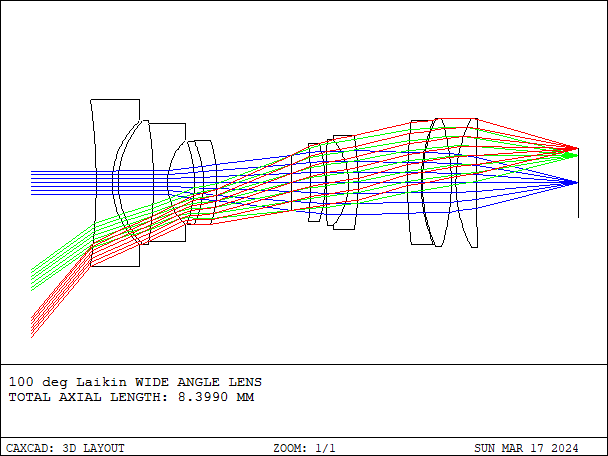
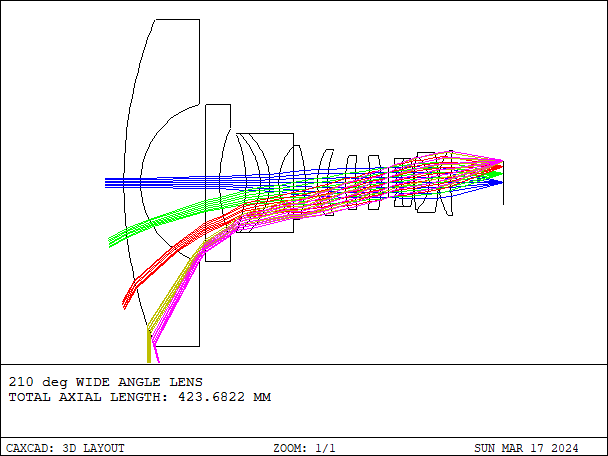
2. Aberration control: Wide-angle lenses are prone to aberrations including spherical aberration, chromatic aberration, and distortion. Therefore, measures need to be taken during the design process to control and correct these aberrations to ensure consistency and accuracy in image quality.
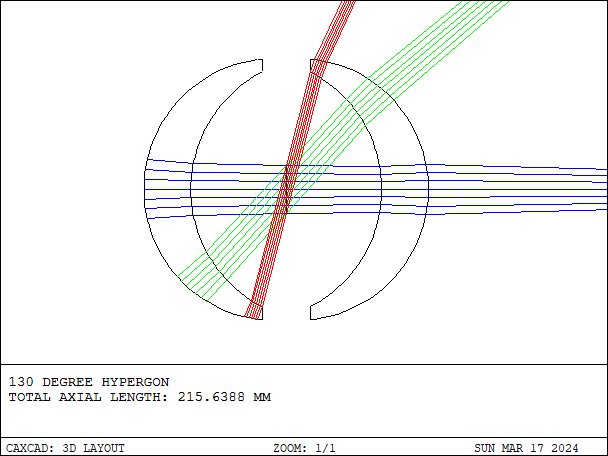
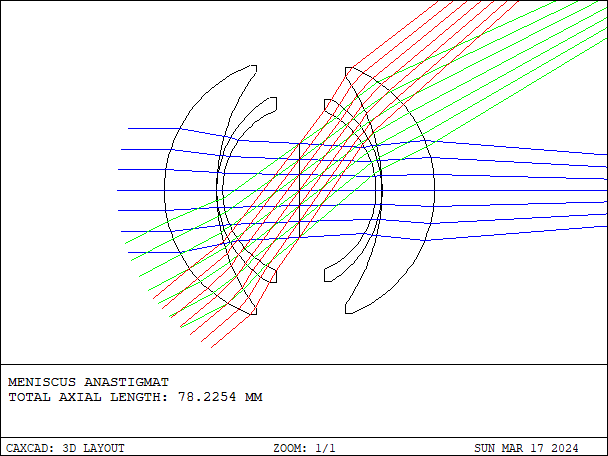
3. Wide-angle lens assembly design: Wide-angle optical systems typically consist of multiple optical components, including lenses, mirrors, prisms, etc. Designers need to precisely arrange and optimize the layout and positions of these components to minimize aberrations and other optical distortions.
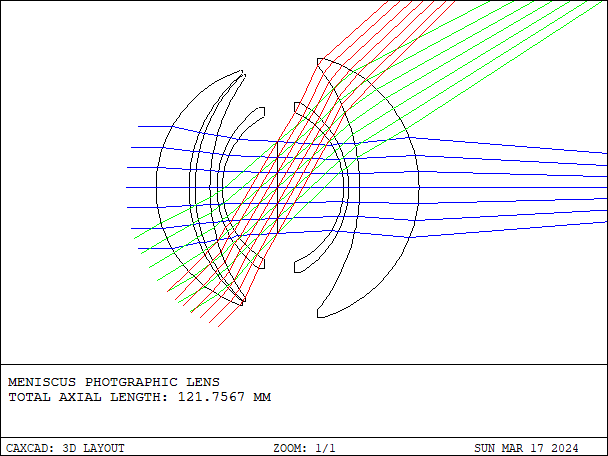
4. Aspheric design: In wide-angle lens design, it is often necessary to use aspheric lenses to correct spherical aberration and other aberrations. Aspheric lenses have complex curvatures and profiles that better match the optical path of wide-angle optical systems, improving image quality.
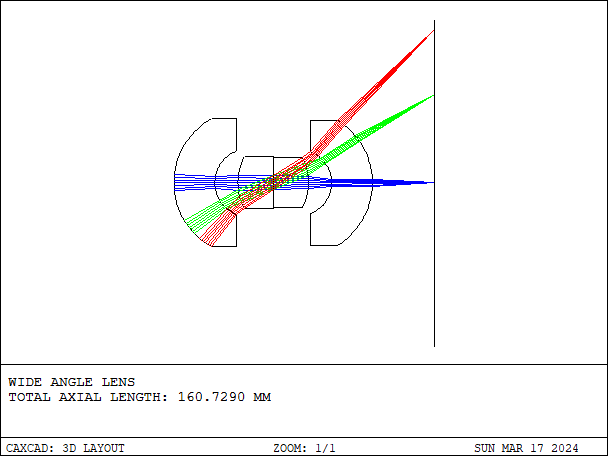
5. Material selection and coatings: Select appropriate optical materials and apply proper coatings to optical surfaces to minimize reflection and scattering losses, thereby increasing the system's transmittance and image contrast.
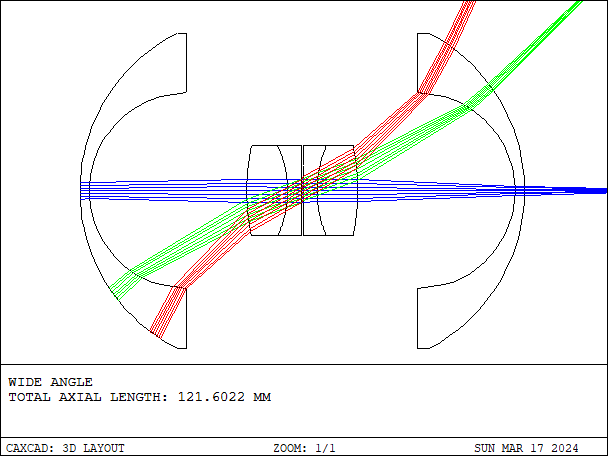
6. Experimental validation and adjustment: After the design is completed, experimental validation and adjustment are necessary to ensure that the performance and quality of the wide-angle optical system meet expectations. This includes testing the system using appropriate equipment and methods and making necessary adjustments and calibrations.
In conclusion, designing wide-angle optical lenses involves various aspects of engineering and technology, including optical component selection, aberration control, system layout, aspheric design, material selection and coatings, and optical design software. By considering these factors comprehensively and employing appropriate measures and techniques, high-performance wide-angle optical systems can be designed to meet the requirements of different application fields.

